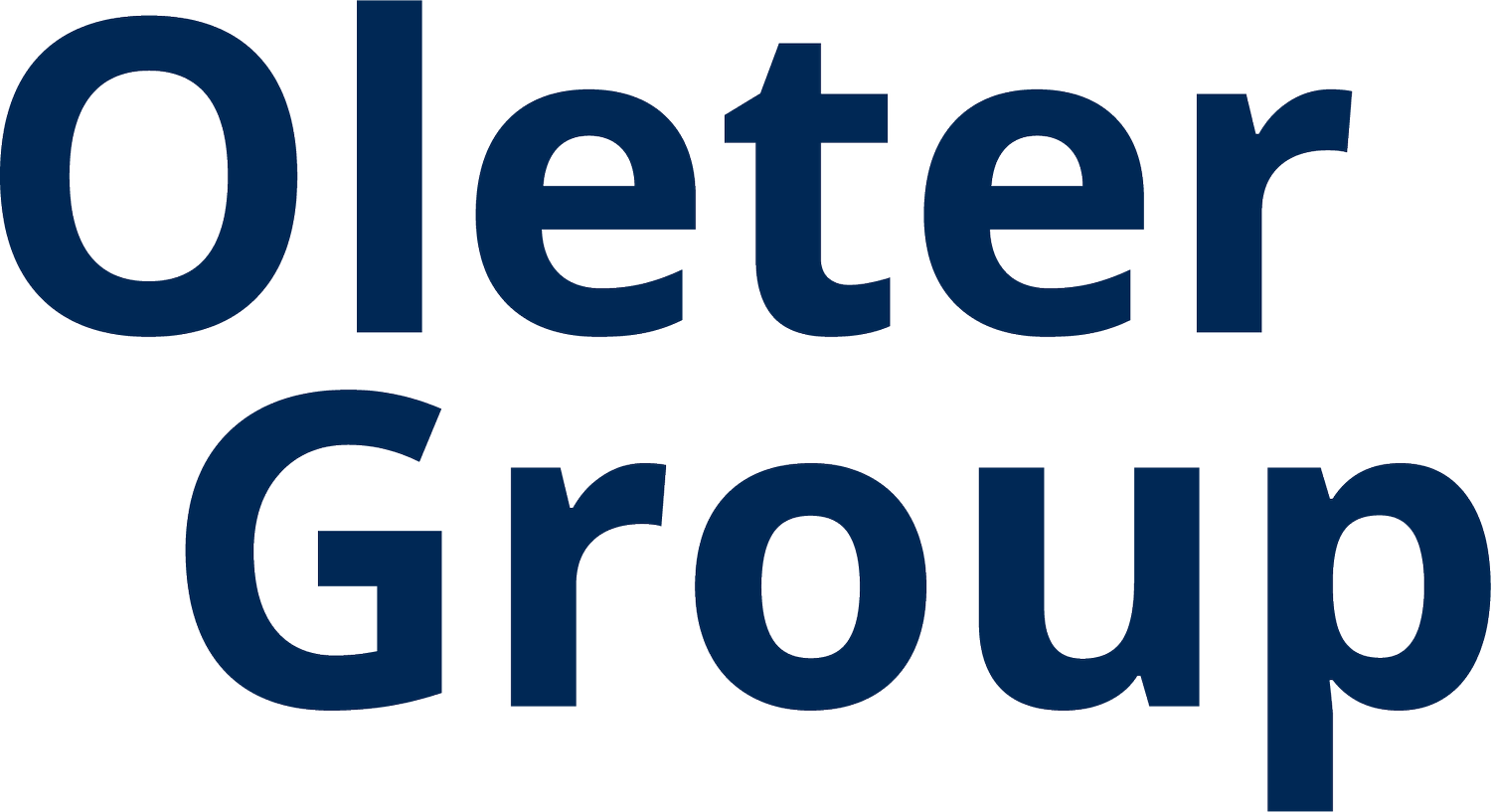
Waste
Currently
Since being a part of the construction industry, waste is something we have to handle. Oleter Group currently handles both hazardous and non-hazardous materials. A hazardous materials are authorized to be handled for destruction, but harmless materials could be prevented or refined in a better way than generating waste, e.g. dehumidification, cleaning, reuse, or damage prevention.
Waste generated in Oleter Group's operations in 2022 is estimated to cause emissions of a total of 2,010 tons of carbon dioxide, which corresponds to 5.4% of Oleter Group's total carbon footprint in 2022.
In Oleter Group Sweden, a total of 11,493 tons of waste was generated, of which 2,001 tons were mixed waste. In 2022, mixed waste corresponds to 17% of the total weight of waste, and in 2021 it corresponded to 38%.
Target 12.5 by 2030, substantially reduce waste generation through prevention, reduction, recycling, and reuse
Data quality
Data has been gathered from approximately 40 waste management companies and aggregated into categories to allow for a reasonable comparison. Assumptions have been made regarding the categorizations, which implies that there could be errors.
Targets
Our target for 2024 is to reduce the weight of mixed waste by 33% - to be aligned with our science-based climate targets.
Progress
Waste generated in Oleter Group's operations in 2022 is estimated to cause emissions of a total of 2 010 tons of carbon dioxide, which corresponds to 5.4% of Oleter Group's total carbon footprint in 2022. In Oleter Group Sweden, a total of 11 493 tons of waste was generated, of which 2 001 tons was mixed waste. In 2022, mixed waste corresponds to 17% of the total weight of waste, and in 2021 it corresponded to 38%.
Waste emissions in relation to turnover decreased from 1.1 t CO₂e / MSEK in 2021 to 0.8 t CO₂e / MSEK in 2022.
Note
This excludes revenue from Denmark, as there was no data available on waste from Denmark.
Actions
To achieve our target, we plan to increase procurement of central waste suppliers and educate our employees on sorting waste effectively. We will also implement a waste concept to maximize the sorting rate and reduce the amount of mixed waste generated.
Procurement of waste suppliers has taken place during 2022 to ensure that waste is handled in a better and more uniform way and to increase the sorting rate. The result is that we can more easily review the suppliers based on standards and streamline data collection of product/service purchases and their climate impact.
The plan also includes an annual compilation of all waste data; weight, fractions, and related emissions. We are also tracking the amount of waste in relation to revenue as well as per project and aim to track and decrease this figure over time.
In summary, we plan to significantly reduce waste-related emissions by focusing on reducing all weight, but with a focus on reducing weight from mixed waste. We will achieve this by centralizing our waste supplier and educating employees on effective waste-sorting techniques. Our progress will be monitored through our annual sustainability report, and internally more frequently.
More on climate & circularity







